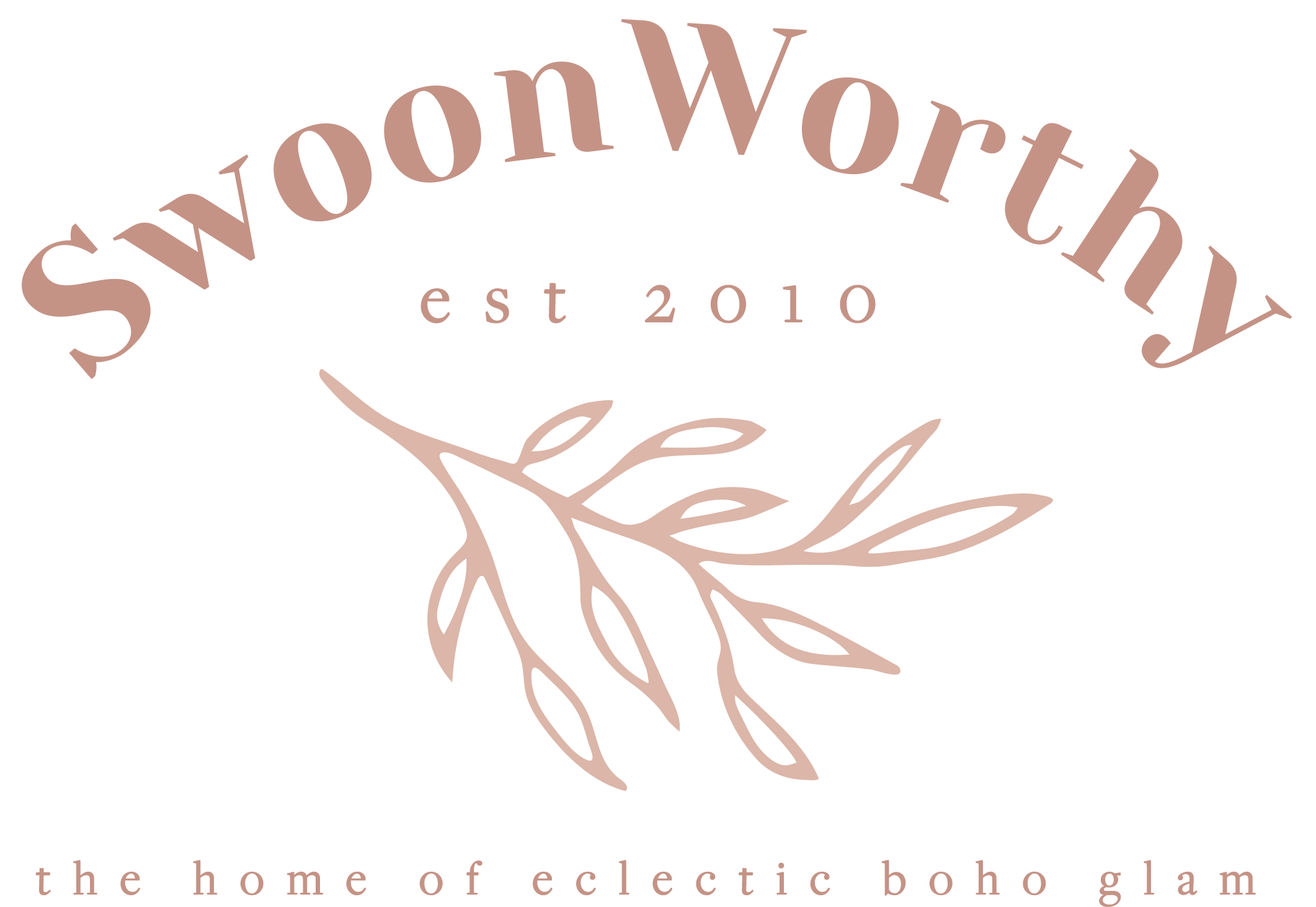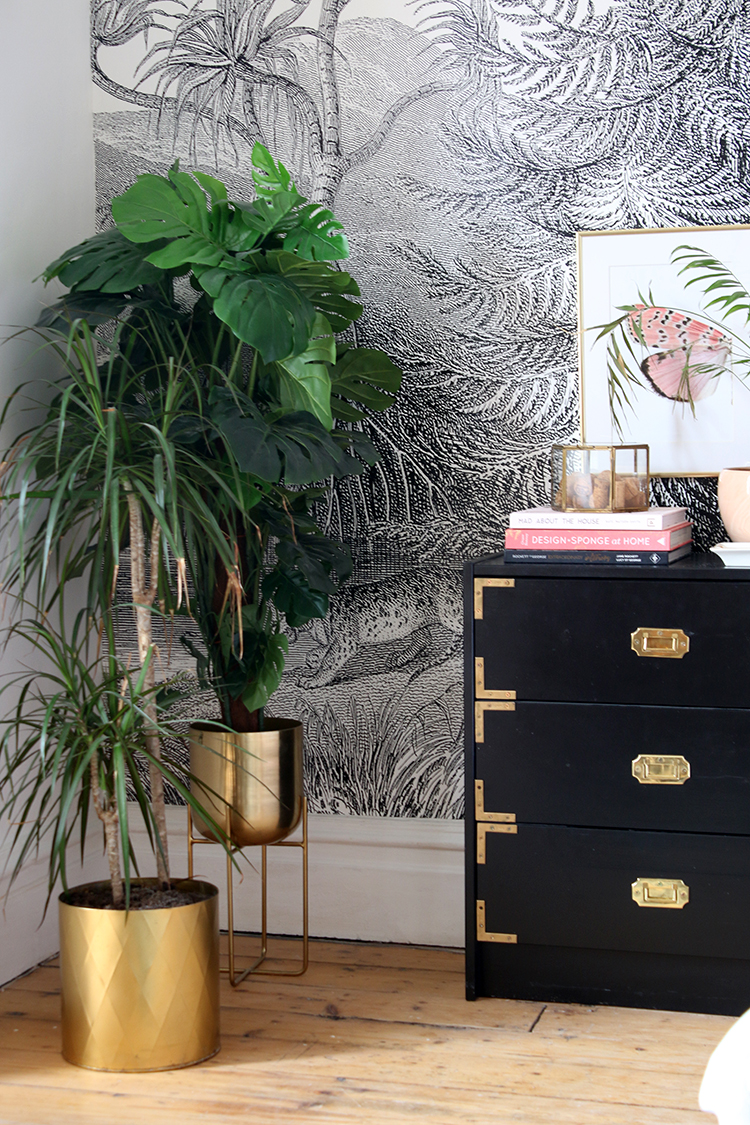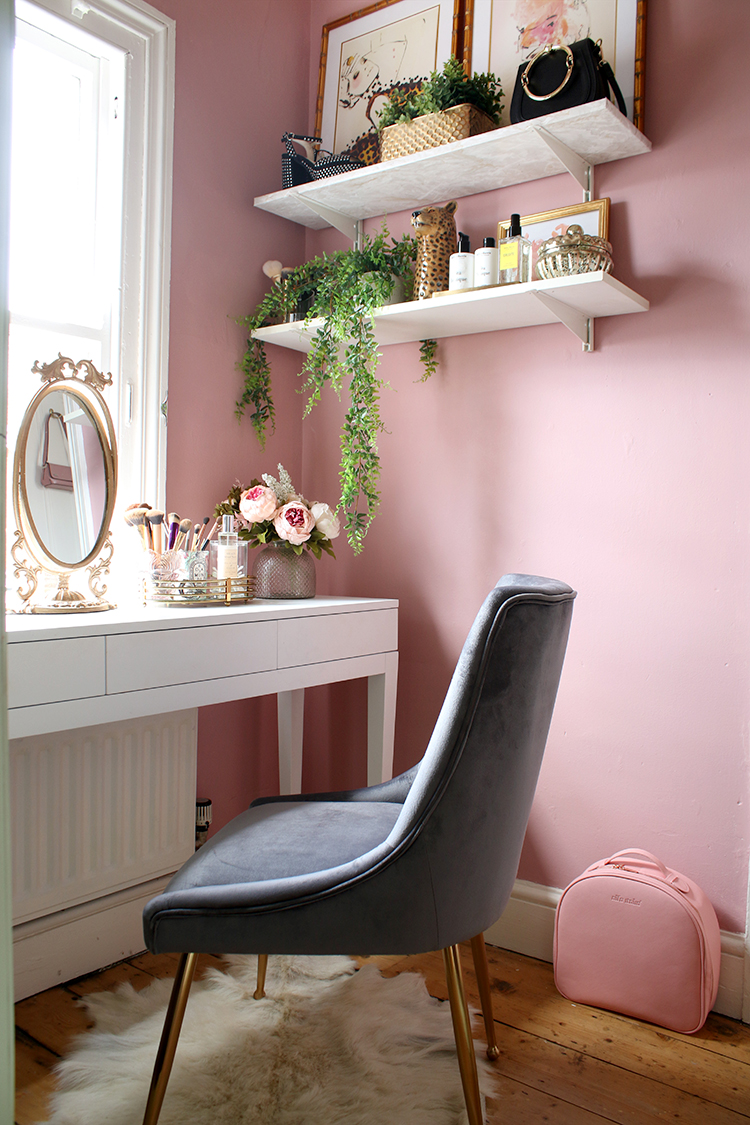Whenever I have visitors, the one thing they often notice is how many plants and flowers I have in nearly every room. I’ve always loved how plants and greenery make a whole room just look so much more alive and finished and vibrant and I’ve often said if you feel there’s something missing in a room, it’s probably plants.
However, while I’d love to fill every nook and cranny with gorgeous greenery, I know that not every single area of my house is the ideal spot for a plant. I have dark corners and alcoves, radiators and areas of my home that make keeping plants a little more difficult. A lot of plants love bright indirect light which I just don’t have in every single area of my house.
I also love flowers. If I had unlimited funds, I would totally emulate Elton John and have tonnes of fresh flowers delivered to me each week for every room in my home (and then, while I’m at it, maybe hire someone to change the water every couple days and replace the ones that are getting old and dropping petals so I don’t have to deal with it). But well, flowers don’t always last very long and they can get pretty pricey for something so fleeting.
As you can probably tell from the title of my post, because of these factors, I mix a lot of faux plants and flowers in my decor. And so the other things my visitors tend to do (once they realise there are a few fakes amongst the crowd) is to start playing, ‘spot the faux’. They’ll walk around touching leaves going, ‘Wait… is this one fake? Is this real?’ They probably guess correctly only about 50% of the time.
So I figured I’d share some of my tops tips for using faux plants and flowers in your interiors today whether you have areas of your home that a plant just will not survive or you cringe every time you drop £40 on a gorgeous bouquet, only to have to chuck it in the recycling within a week.
This post may contain some affiliate links. You’ll never pay more for clicking on these links but I may earn a small commission from the brand as a thank you for the referral.
Waxy Leaves and Bushy Flowers = Easier to Fake
Look out for faux plants when the leaves on the real thing already appear a bit plastic-y. So for instance, monstera leaves already look a bit waxy so you can probably get away with a fake one and no one will be the wiser. Fiddle leaf figs also have big waxy leaves and so the resemblance to the faux versions means that they’ll blend pretty nicely. (Side note: people often think my FLF is fake – it’s not but my point is that a faux can easily pass).
Stay away from faux plants where there are a lot of delicate strands – replicated in plastic, they do tend to look faker than their bushy leafier counterparts. On faux flowers, small berries or wispy filler can often look too harsh when replicated in plastic and so they provide dead giveaways that they are fake. The bushier and softer the bouquet, the more real it’ll look.
Buy Quality
Yes, there are plenty of inexpensive fauxs on the market right now but the more you spend, the better it’s going to look. The cheapest faux plants tend to use plastic to replicate the look of the real thing but many of the higher quality fauxs use various types of fabrics instead, giving a better overall look and feel to plants without that ‘waxy’ component. Some of my favourites are from OKA and Cox & Cox who make beautiful faux flowers and for faux plants, Abigail Ahern’s range is pretty great but I’ve also had some wonderful ones from Audenza over the years.
The other reason you want to buy really good quality is that a lot of faux plants are made from plastics and well, we all know how much better our world would be without a lot of throwaway plastic. So if you buy really crappy cheap stuff, it just won’t last as long or you may not love it as long. A good quality faux (whether plastic or a mix of fabric) should last you years and years, far longer than the cheap and cheerful throwaway you will want to replace in a year’s time.
Mix it Up
My biggest and best tip for using faux plants in your decor is to mix them up with real plants. I’ve been using this trick for years now and this is what trips up my visitors. When you group real and fake together, it’s often difficult to tell the difference as your eye simply assumes they are all the real deal.
In nearly every room that I have faux plants, I also have real plants which is what makes it difficult to assess which is which. Grouping a few fauxs with real ones will give you a much better chance of faking it!
Best Places to Use Faux Plants
Many faux plants give away the game when you are looking at them really close up so I find they are best when placed away from where you’d naturally view them. The best places I find also tend to be the areas where it’s more of a pain to water them. Consider them high up on the tops of shelving or hung from the ceiling (bonus, you don’t have to worry about grabbing a ladder every time you need to water it).
Of course, I always find that darker corners in your rooms, hallways or bathrooms that don’t get a lot of light are also great places for faux plants. You can tuck them into these darker areas and just forget about them. They don’t need watering so the only thing they need is a bit of a dust every once in a while. This weekend, I took a bunch of mine outside and just hosed them down to remove the dust but you can also put them in a bathtub or shower – super easy!
Buy Seasonal Faux Flowers
My last tip is to consider buying faux flowers that coincide with the seasons to make them feel that bit more realistic. I put away my faux peonies in the dead of winter simply because they are Spring/Summer blooms. In the autumn, consider dried flowers and in the winter, think about dark leaves and berries. It also means you’ll be less likely to tire of them if you are rotating them every few months. Just clean them, stick them somewhere safe until it’s time to bring them back out again.
You can also consider buying different varieties and colours of your favourites and regularly mixing and matching them to create different bouquets to keep them feeling fresh and different in your home.
Shop the Post
I thought I’d share a few favourites below both of items I have in my own home or those I’ve got earmarked for the future!
Do you use fauxs in your own decorating? Let me know where and how you use them yourself in the comments below!


























I have a mixture of real and faux. I used to have easy access to real picking flowers throughout the seasons from my old landlords garden, but when I moved, I lost that one luxury so had resorted to having faux. I love the idea of buying for the seasons!
I’m real big on succulents too!
Great tips, Kimberly. There’s definitely a bit of a knack to buying good faux! Thanks for featuring Audenza :-) x